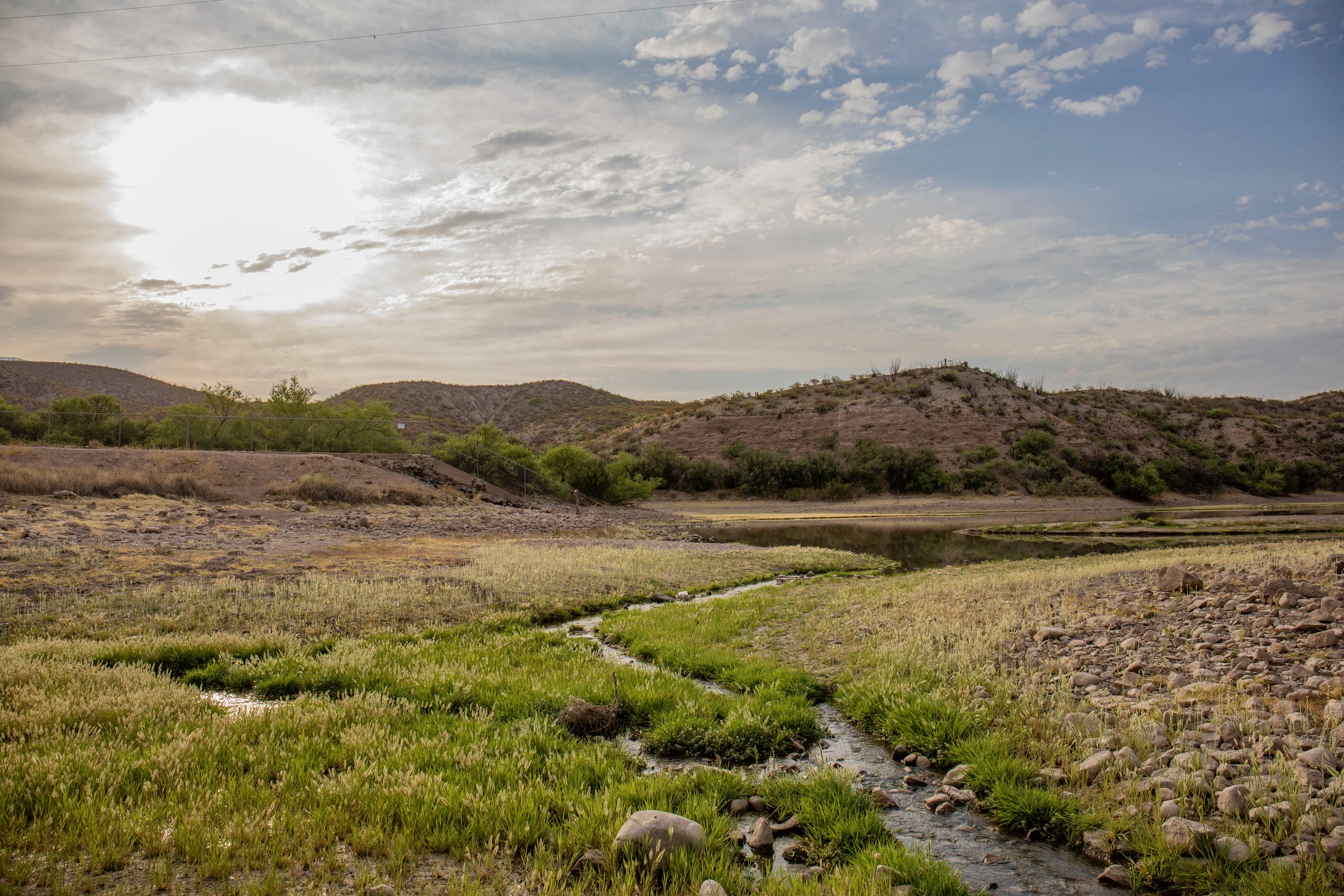Part Eleven: ‘It’s like a crime scene’ what’s happened to the Rio Grande in far west Texas
Looking with a generations-long view at a colossal shift in river health
SOCORRO, TEXAS —Estela Padilla recalls memories of the river from her youth in her home in El Paso, Texas. “What we have managed to do in my lifetime, I don’t think even Mother Nature does that sort of thing in the natural world,” she said. (Photo by Diana Cervantes for Source NM)
A Gambel’s quail roo sits atop a tree overlooking the Rio Bosque Park. The changes to the Rio Grande made in the 20th century transformed the landscape, meaning the river has lost as much as 93% of its wetlands habitats. (Photo by Diana Cervantes for Source NM)
“My relationship with the river, it’s more of a lament.”
Estela Padilla on the morning of June 18, 2022, at Bosque Wetlands Park, where she goes to walk. It’s a favorite place of hers. “What they have done here is magic,” she said, pointing to the cottonwoods. (Photo by Diana Cervantes for Source NM)
Seepage from Caballo Reservoir fills the river at Percha Dam State Park in New Mexico, allowing for grasslands and a strip of native trees to grow here. Dam construction, flood control and agricultural shifts to the lands upstream from El Paso eliminated the river patterns that allowed cottonwoods and willow bosques to grow downstream. (Photo by Diana Cervantes for Source NM)
Estela Padilla stands for a portrait underneath a willow tree at the Rio Bosque Park. Her dream for the river is “that we would find a way to create natural habitats for wildlife and for plants.” (Photo by Diana Cervantes for Source NM)




